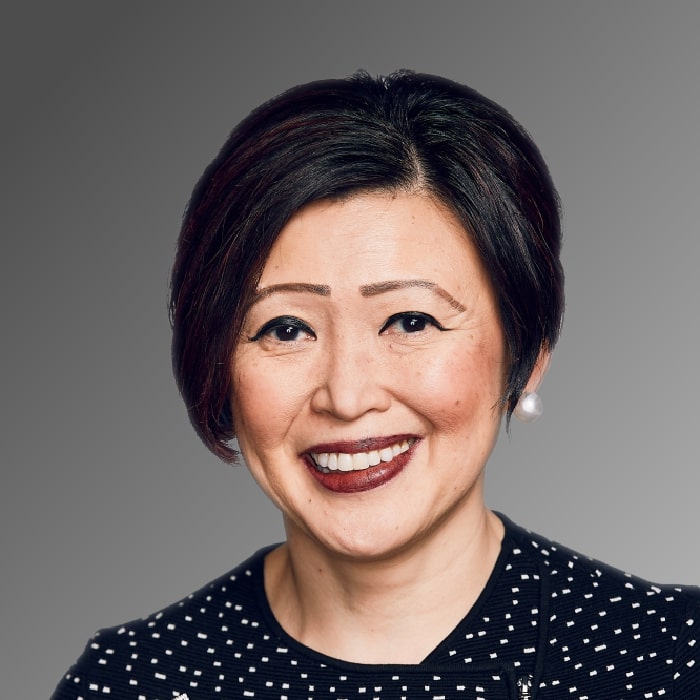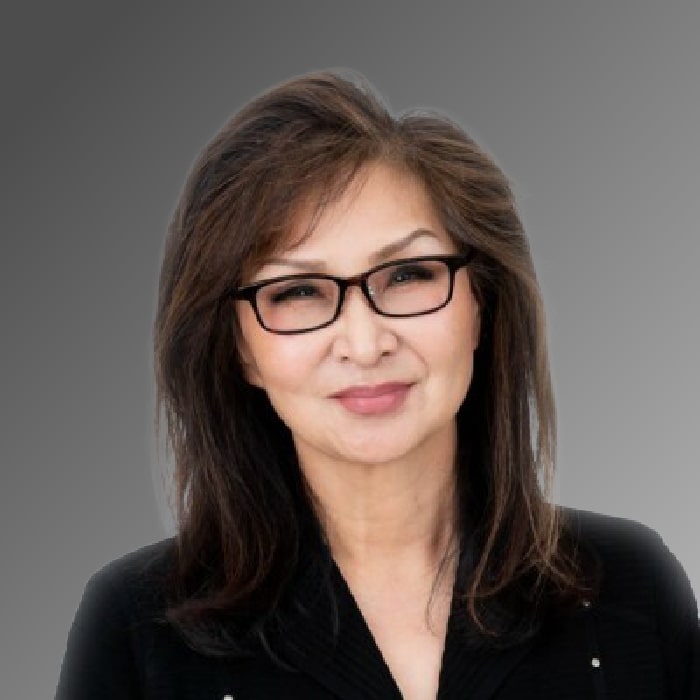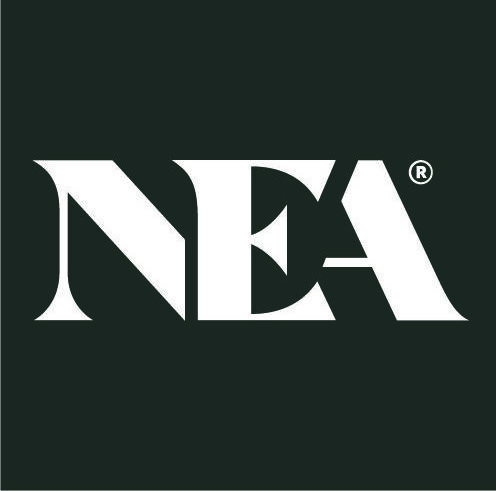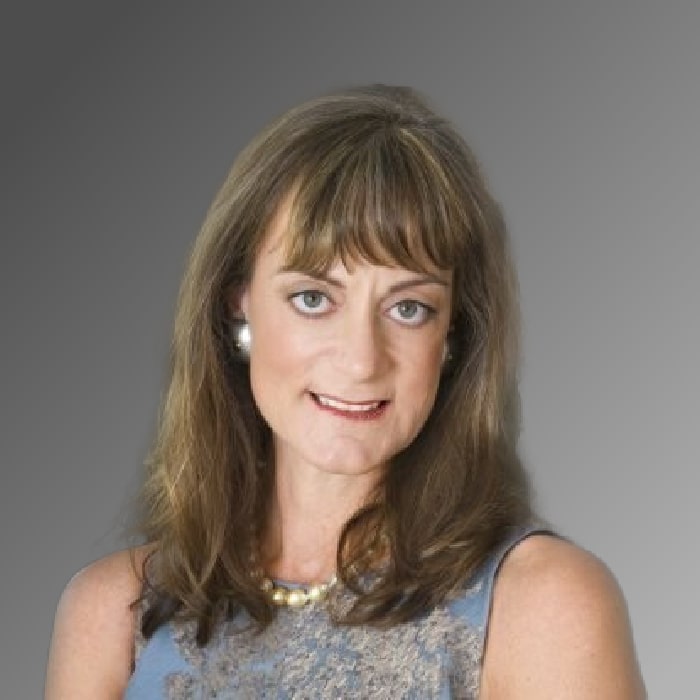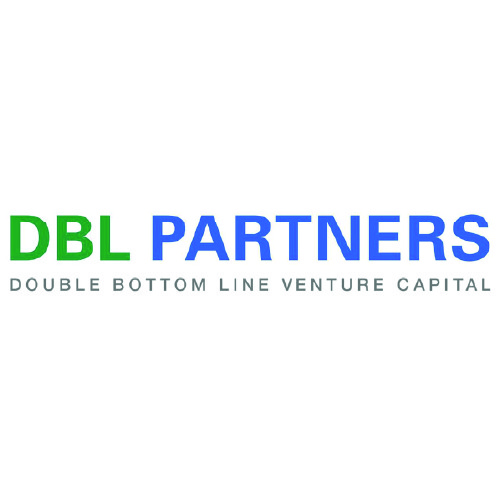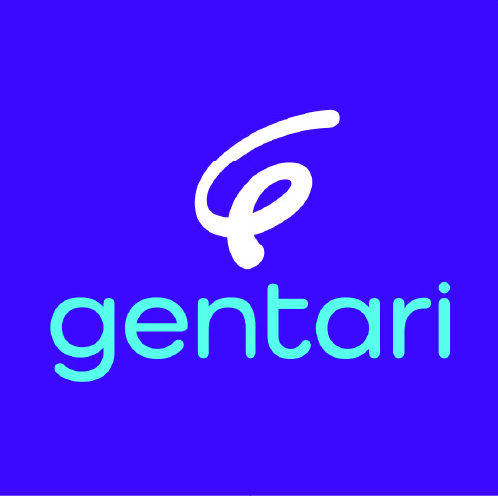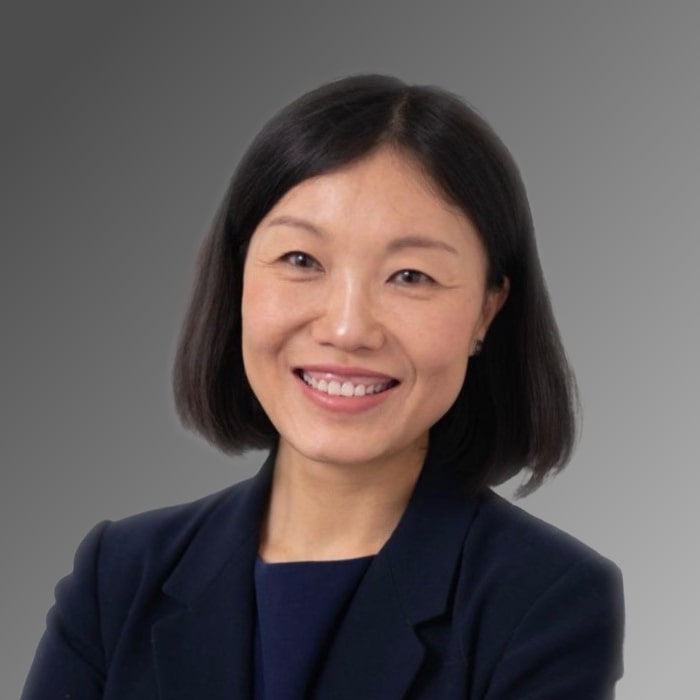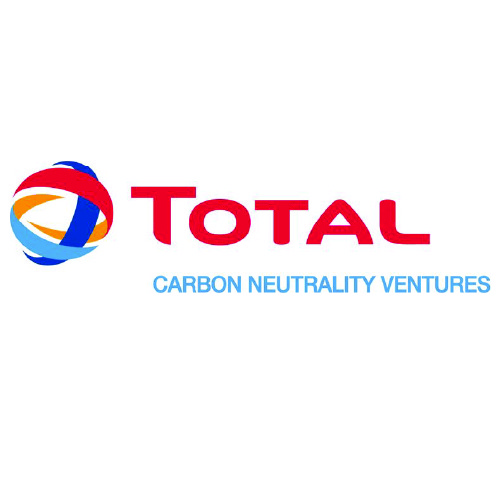Watts to the Boardroom
May 16, 2024
Interviewed by Nicolas Sauvage on October 12th, 2023
Sonita Lontoh is a director at startups Sunrun and TrueBlue. Before becoming a board member, she worked in marketing, business development, and innovation at Pacific Gas and Electric Company (PG&E), Siemens, and Hewlett Packard. She is also an advisor to Sway Ventures, a venture capital firm that invests in the sustainable transformation of foundational industries. Sonita joined TDK Ventures President and Corporate Venturing Insider host Nicolas Sauvage to discuss corporate venture capital best practices that have accumulated over her career.
A Marketing Maverick’s Engineering Roots
Sonita received her MBA in marketing from Northwestern in 2006. It was a remarkably left-brain achievement for someone who began her academic life as an engineer. She received a bachelor’s in industrial engineering and operational research from UC Berkeley and a master’s in supply chains and logistics from MIT. Although she has never worked in engineering, her 25-year career has “always been helping engineers who invent something new apply that in a customer situation,” she said. Her background allows Sonita to translate whatever entrepreneurs invent into something commercializable and resonant with the customer.
Empowering Resilience at PG&E
Sonita gained valuable experience at PG&E, the largest utility provider in California, as a leader in business transformation, marketing, and energy solutions. During her four years, she switched roles twice and was selected for the CEO’s Leadership Program.
One of Sonita’s standout achievements at PG&E was the implementation of a microgrid at a Native American reservation in California. In the U.S tribes are recognized as domestic-dependent nations. Despite being surrounded by large cities, many of the reservations are underdeveloped. For instance, according to the U.S. Energy Information Administration, only 30% of the Navajo Nation reservation has access to power, despite its being near Phoenix. This disparity is due, in part, to a lack of interconnection agreements for reservations to access utilities from municipalities. Another reason is that building standalone plants or extending plants for smaller isolated communities is economically unfeasible.
Sonita’s microgrid project leadership showcased her commitment to real solutions. Green energy solutions, especially wind and solar, can thrive in these areas. Microgrids also serve Native American reservations’ partially independent status. Bringing energy independence to a remote community had far-reaching implications for its economic development as well. Perhaps, more importantly, Sonia’s efforts identified a market gap, made a difference, and catered to an underserved market segment.
Thinking Entrepreneurially and Encouraging Corporate Innovation
Transitioning to Hewlett Packard, Sonita took on the role of chief marketing officer and spearheaded the launch of innovative businesses.
“I’ve always been involved with companies where innovation is an integral part of what they do,” she said.
Notably, she helped introduce HP’s 3D printing business, focusing on personalized orthotics and sustainable packaging solutions. Her ability to identify market gaps and drive innovation was a testament to the skills honed during her tenure at PG&E.
Sonita’s foray into corporate venturing began with Siemens, a company deeply rooted in a legacy spanning centuries.
“Companies that I’ve been involved with have evolved over a long time,” Sonita reflected. “And as you can imagine, for companies to survive that long, they always have to innovate.”
She was part of the Siemens team that introduced the company’s smart energy business, leveraging communications and digital technologies to enhance customer experiences and experiment with service-oriented business models. Her experience at PG&E, a Siemens customer, provided insights into client pain points.
Despite her career in corporate innovation, Sonita came into contact with corporate venturing only while at Siemens, whose CVC group is called Next 47. This venture aimed to identify innovative companies with technologies complementing Siemens’ goals, showcasing Siemens’s commitment to staying at the forefront of industry advancements. This investment vehicle showcased to Sonita Siemens’s commitment to a growth mindset to increase its longevity.
The Portfolio Life: An Entrepreneur’s Retirement
After a long career, Sonita gravitated toward “portfolio life.”
“People actually do call this the “portfolio life” because you’re not retired. You still do a lot of things,” she explained. “In my portfolio life, I serve on two public boards, one private board, and also as an advisor to a VC firm because I want to stay abreast with what’s going on.”
Sonita’s decision was a conscious choice to take a more advisory approach.
“Any boards, private or public, want a well-rounded business leader as a board member who is not only good in their particular domain but also someone who understands the bigger business context,” she said.
Sonita’s engineering, marketing, and business development background fits those requirements for many corporations.
Compensation Committees, ESG, and Best Practices
As a board member involved in both audit and compensation committees at Sunrun, Sonita understands the responsibilities of these committees. The audit committee primarily focuses on ensuring the integrity and accuracy of financial reporting and controls, overseeing internal and external auditors, and managing compliance with ethics and regulations. On the other hand, the compensation committee is responsible for aligning executive compensation with performance, core values, and culture while overseeing human capital management.
Sonita offers best practices for compensation committee members, emphasizing the importance of tying most executive compensation to performance. For instance, she said 70% of the Fortune 500 tie executive compensation in some part to ESG goals. Tying ESG metrics that matter to stakeholders and other similar metrics that can measure the long-term or short-term performance of the firm is one of the trickiest jobs for the board.
An Exploration of Sunrun
Sunrun considers itself a business model improvement to traditional energy solutions, an industry Sonita is familiar with. It is a solar and battery-as-a-service model, leveraging an innovative business model that allows consumers to access clean energy without the upfront costs. Sonita believes that accessing energy in the future will become much more of a “two-way” conversation between individuals and big companies. She envisions a world where clean energy is generated throughout a city and only managed by a utility provider.

 A marketing background can be useful in CVC, helping leaders commercialize their founders’ inventions and make them resonate with the customer.
A marketing background can be useful in CVC, helping leaders commercialize their founders’ inventions and make them resonate with the customer. 